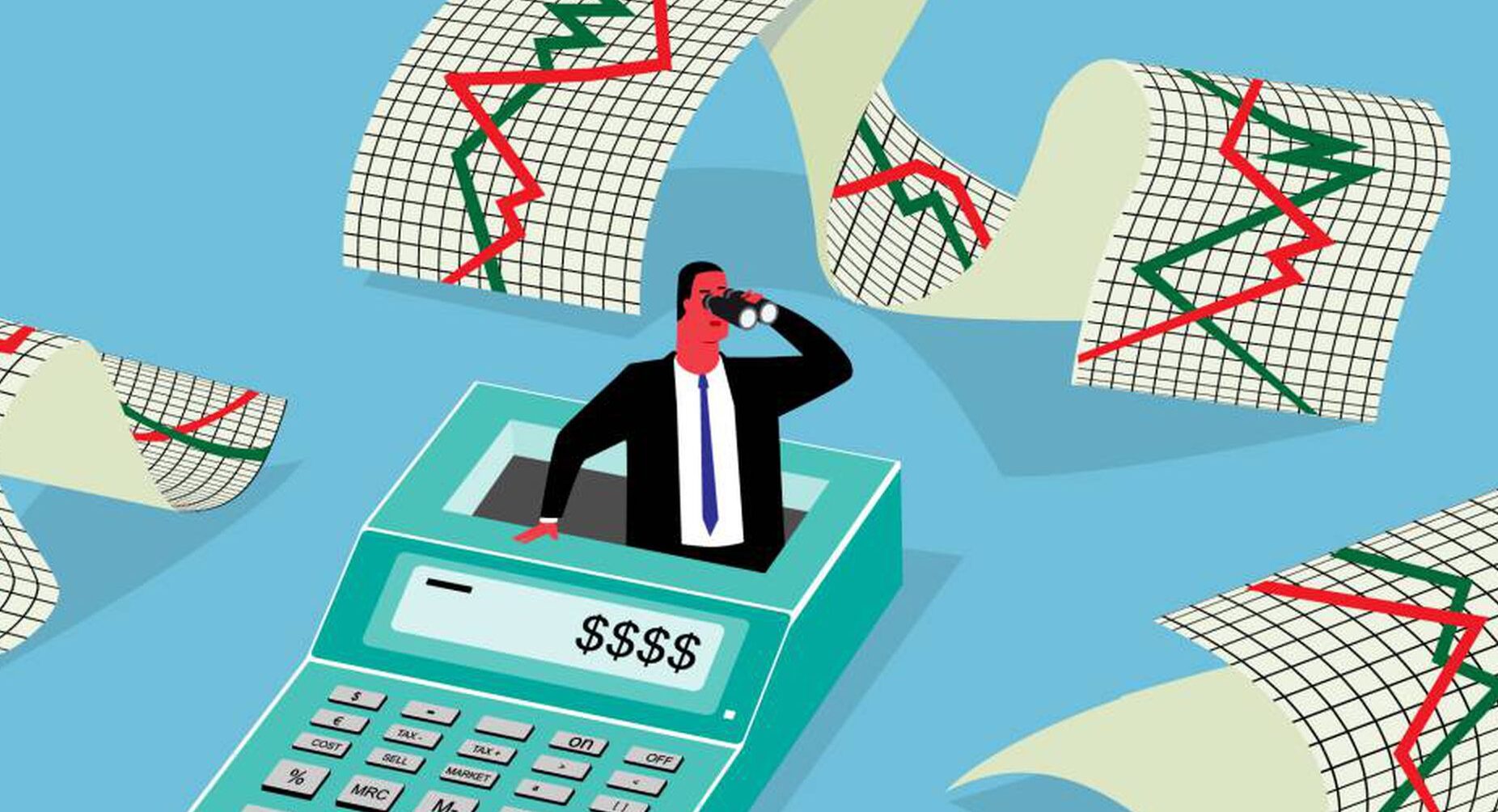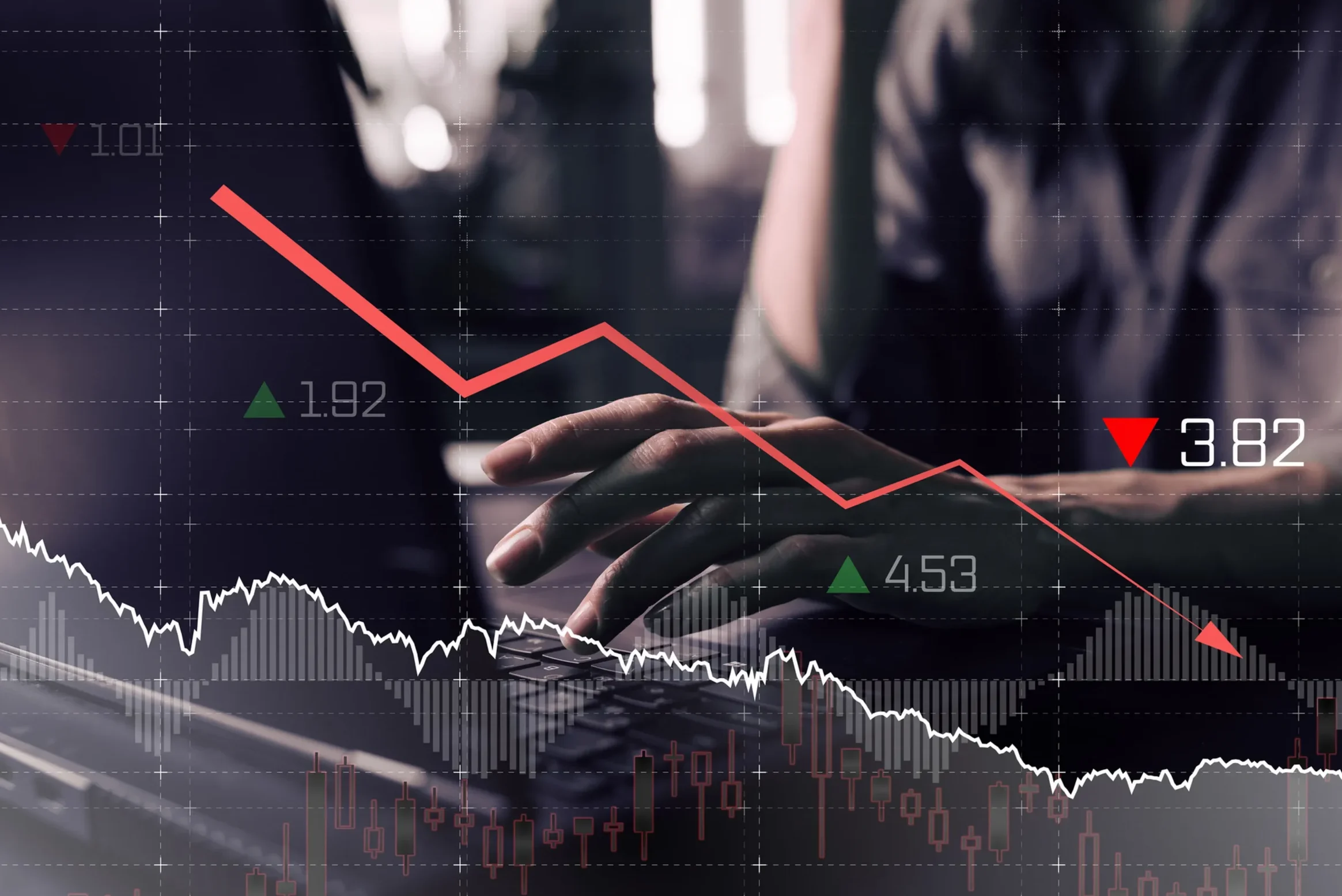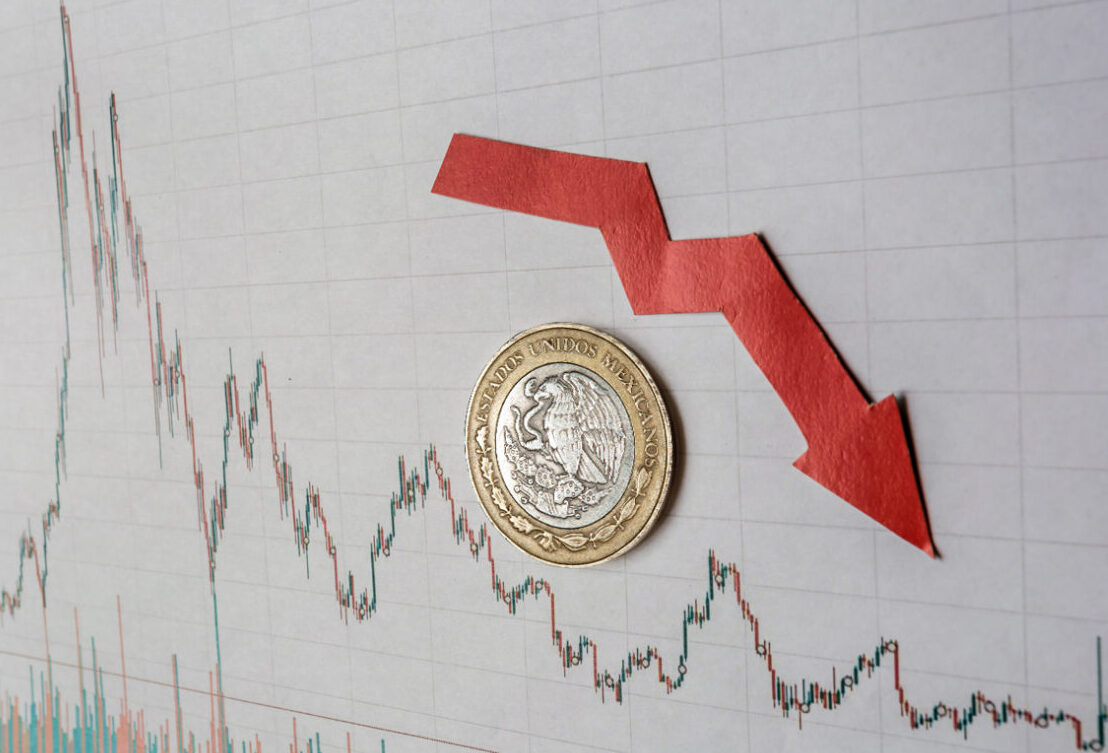One of the key indicators of a recession is a decline in GDP growth. While many people believe that two consecutive quarters of negative GDP growth automatically indicate a recession, this is not always the case. Instead, economists and official determinations of recessions take a holistic look at various economic data to assess the overall state of the economy. A decline in real GDP is one of the significant signs that the economy is in a recession. It is important to note that a recession is characterized by a sustained period of economic output decline and rising unemployment rates. Therefore, monitoring GDP growth is crucial in identifying the signs of a recession.
Rising unemployment rates are another key indicator of a recession. During a recession, the unemployment rate tends to increase as businesses struggle, leading to job losses. The year-over-year increases in the unemployment rate and initial UI claims are used as recession indicators. When the unemployment rate rises by at least half a percentage point on a three-month moving average, it suggests that a recession is likely underway. Additionally, during a recession, achieving full and equitable recovery becomes challenging, even amid subsequent job growth. Therefore, tracking unemployment rates is essential in recognizing the signs of a recession.
A decrease in consumer spending is also a significant sign of a recession. When people have less disposable income due to job losses or economic uncertainty, they tend to spend less on goods and services. Consumer spending accounts for a significant portion of the economy, with approximately 70% in the case of the US. A significant decline in consumer spending can have a cascading effect on the overall economy, leading to reduced business revenues and potential layoffs. Economists often observe consumer spending patterns to determine if a recession is imminent. Therefore, monitoring consumer spending is crucial in identifying the signs of a recession.
Financial market indicators of an impending recession
One of the key financial market indicators of an impending recession is a decline in the stock market. During a recession, stock prices typically plummet, and the markets can become highly volatile, with share prices experiencing wild swings. Investors react quickly to any negative news or economic indicators, leading to sharp declines in stock prices.

This can be seen as a sign of economic uncertainty and a potential recession. However, it’s important to note that stock market declines alone may not necessarily indicate a recession, as they can also be influenced by other factors such as geopolitical events or changes in investor sentiment.
Another indicator of a potential recession is an inverted yield curve. An inverted yield curve occurs when short-term interest rates exceed long-term interest rates. This phenomenon is typically associated with a recession and is considered a reliable predictor of economic downturns. Bond investors’ expectations for a decline in longer-term interest rates are reflected in an inverted yield curve. This inversion suggests that investors anticipate economic risk or higher interest rates in the near future, which can be a warning sign of an impending recession.
Increased market volatility is also a sign that a recession may be on the horizon. During periods of economic uncertainty, market volatility tends to rise. Investors face elevated levels of uncertainty and may react more strongly to news or events, leading to larger price swings in the financial markets. Additionally, decreasing housing prices can be an indication that the economy is deteriorating. When home prices decline, it often reflects a weakening economy, as it may be a result of decreased consumer confidence and lower demand in the housing market. Therefore, heightened market volatility and declining housing prices can serve as warning signs of an impending recession.
Other signs of a recession
One of the signs of a recession is declining business investment. During a recession, businesses tend to reduce their investments and capital expenditures due to the uncertain economic environment. This decrease in business investment can have a ripple effect on the overall economy, leading to reduced job creation, lower productivity, and slower economic growth. Therefore, monitoring business investment levels can provide insights into the health of the economy and potential signs of a recession.
Another sign of a recession is decreased industrial production. When the economy is in a recession, there is typically a decline in the production of goods and services by industries. This decline in industrial production can be attributed to reduced consumer demand, lower business investment, and decreased exports. Industries may experience lower sales, excess inventory, and reduced profitability during a recession. Monitoring industrial production data can help identify the onset of a recession and provide insights into the overall economic activity.
Tightening credit conditions can also indicate the presence of a recession. During a recession, banks and financial institutions may become more cautious in their lending practices and tighten their credit standards. This can make it more difficult for individuals and businesses to obtain loans and credit, leading to reduced spending and investment. Tightening credit conditions can be a result of increased default rates, higher risk aversion among lenders, and a general decline in economic confidence. Therefore, monitoring credit conditions and lending activity can provide valuable information about the state of the economy and potential signs of a recession.
Social and psychological indicators of a recession
One of the signs of a recession is an increase in poverty rates. During a recession, low-income individuals and families are often hit the hardest. The unemployment rate rises, leading to job losses and financial instability for many. This can result in a higher number of individuals living below the poverty line, struggling to meet their basic needs. Studies have shown that residents of poor neighborhoods face higher crime rates and poorer physical and mental health outcomes. These social and economic disparities are indicative of a recessionary period.
Another indicator of a recession is a rise in household debt. When individuals and families face financial difficulties, they may turn to borrowing to make ends meet. A significant increase in household debt, including consumer debt and mortgage loans, has historically been associated with the possibility of an impending economic recession. Research has also shown that burgeoning household debt is a strong indicator of an impending economic downturn. Therefore, a surge in household debt levels can be a warning sign of an approaching recession.
Recesiunile nu au afectat niciodata filmele porno gratis din Romania, precum nici vanzarea dispozitivelor mobile prin care poti accesa filme xxx gratis din lista aceasta https://futai.live/wp-content/uploads/2024/04/433ce64b45311c28da19165905849ff6.jpg, https://futai.live/araboaica-sensibila-care-se-filmeaza-singura-in-cel-mai-intim-moment-al-ei/, https://futai.live/ea-are-buci-mari-si-este-o-curva-perfecta/, https://futai.live/wp-content/uploads/2022/11/4b7e4a396cf49870f2130500febd9328-240×155.jpg, https://futai.live/wp-content/uploads/2023/07/1cd2fb8e34bff6ea8e35ae668fffe765-240×155.jpg, https://futai.live/trei-doamne-futacioasa-se-multumesc-sa-se-frece-impreuna/, https://futai.live/lesbienele-care-se-ling-la-pizda-vor-sa-te-imbratiseze-si-sa-te-aduca-in-viata-lor/, https://futai.live/wp-content/uploads/2023/09/f710e6af6b7eeb52efb7a5f239c9d345-240×155.jpg, https://futai.live/wp-content/uploads/2021/12/70c75780d500e1c97c4e957a44bf0d1e-240×155.jpg, https://futai.live/mama-se-fure-cu-fiul-sau-de-3-ani/, https://futai.live/cum-isi-petrec-actritele-ziua-porno/, https://futai.live/doua-mamici-au-gasit-doi-negri-dotati/.
Decreased consumer confidence and sentiment is another psychological indicator of a recession. During a recession, consumer confidence tends to decline as people become more cautious about their spending and financial stability. Consumer confidence is often measured through surveys that assess attitudes, spending plans, and expectations for inflation, stock prices, and interest rates.

A decrease in consumer confidence can lead to reduced spending, which can further exacerbate the economic downturn. For example, a decline in consumer confidence in the United States in February reflected fears of a recession. Therefore, monitoring consumer sentiment can provide insights into the state of the economy and the likelihood of a recession.
